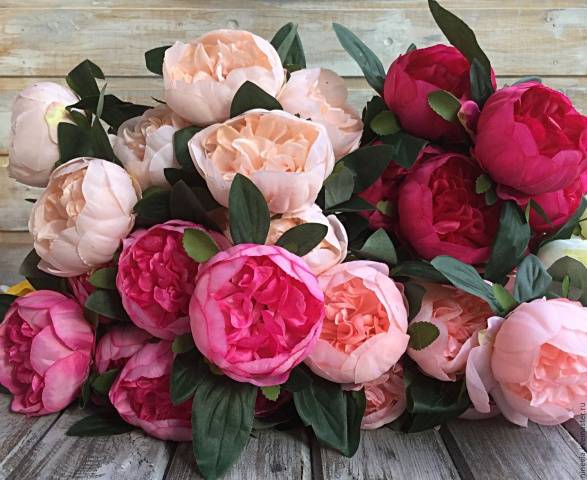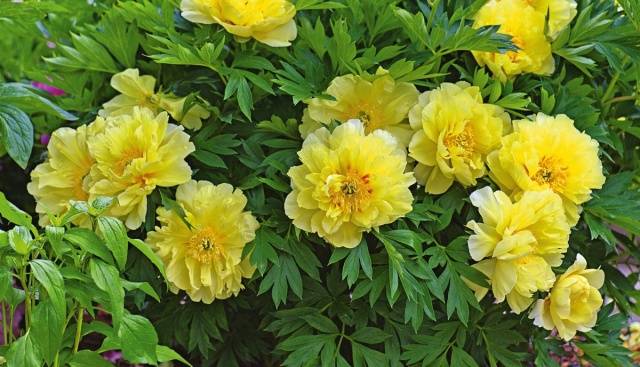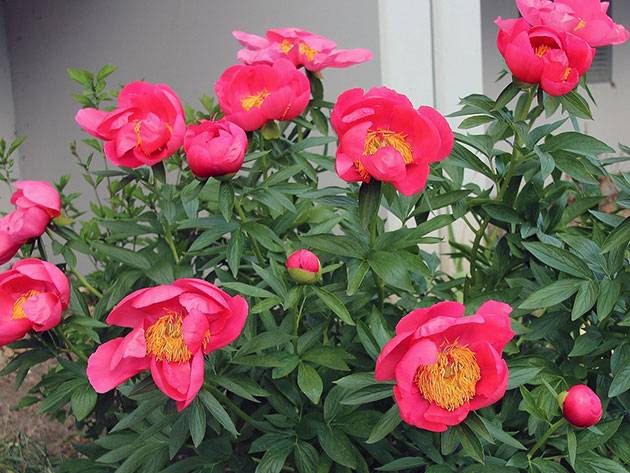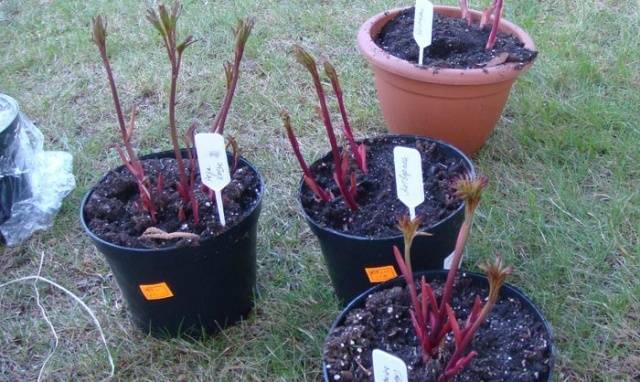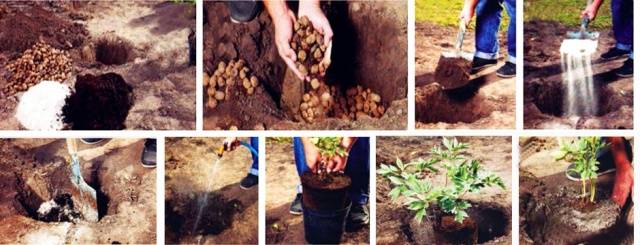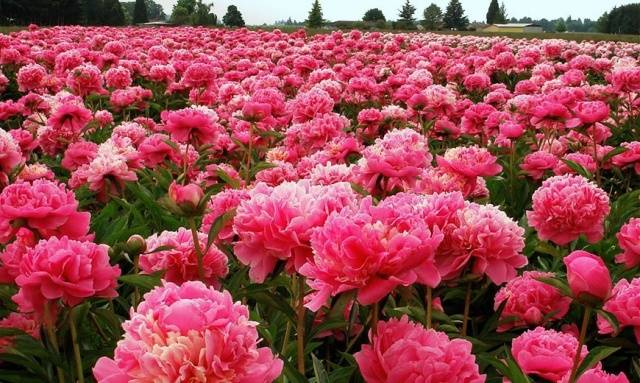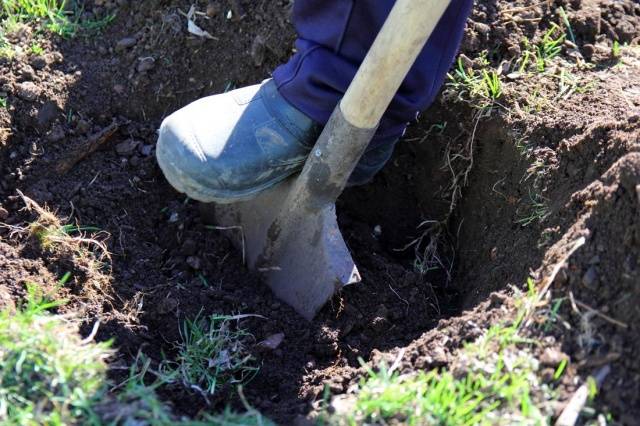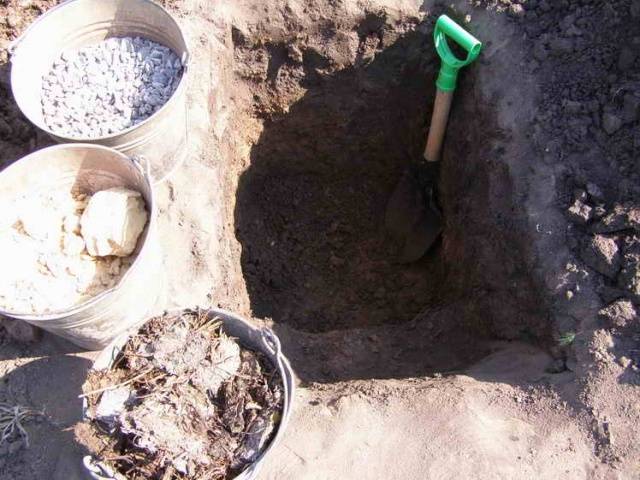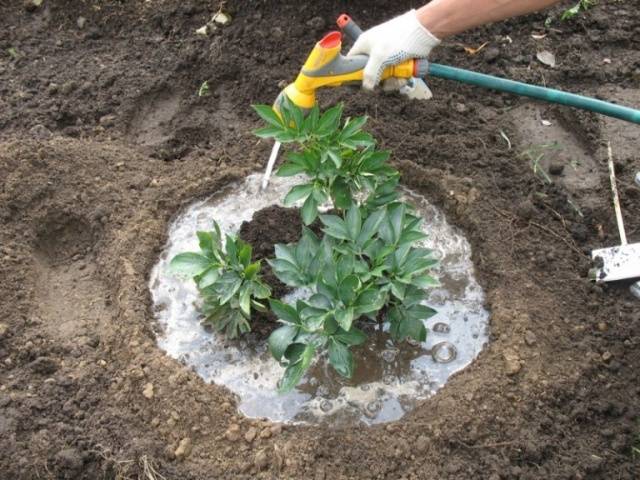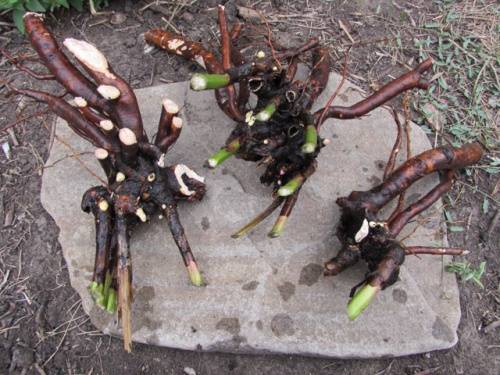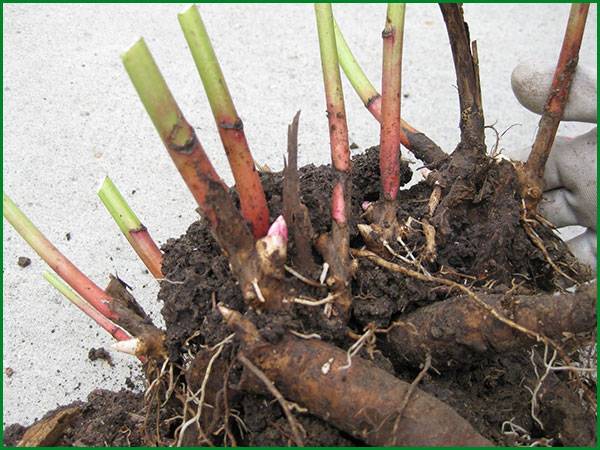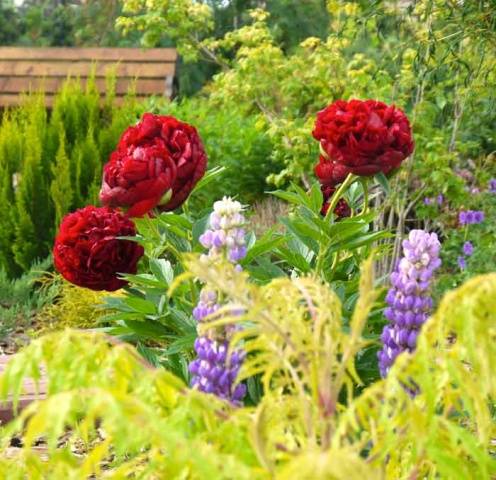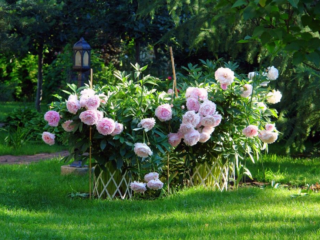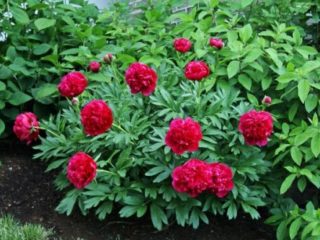Content
Peonies have been admired for over two thousand years. They have been cultivated as decorative flowers in China since the times of the Han and Qing dynasties that ruled the Celestial Empire 200 years BC. In the East, they are called symbols of love and wealth, are credited with magical powers and are considered the embodiment of pure Yang energy. We value peonies for their striking beauty and delightful aroma.
Summer is coming to an end, it's time to think about planting this wonderful flower in your garden. Autumn is also the best time for transplanting or dividing. This is a surprisingly unpretentious plant, capable, unlike others, of growing in one place for decades without compromising flowering. Proper planting of peonies in the fall is the key to the success of their cultivation.
Description and variety variety
Peony is a herbaceous (milifloral, narrow-leaved, etc.) or deciduous (tree-like) rhizomatous plant, the only genus of the Peony family, which includes 36 species. The flower that is planted everywhere in our country was obtained through the selection of Paeonia lactiflora and its hybridization with wild relatives.
It has a powerful rhizome, cone-shaped thick roots, bluish or green pinnately dissected or trifoliate leaves.The peony grows in height over time, depending on the variety, up to one meter. Its large fragrant flowers, up to 25 cm in diameter, are painted in all shades of red, pink, white, cream, and rarely yellow.
The peony blooms in spring or early summer, after which it sets fruits - complex multi-leaflets, which by autumn are filled with large shiny seeds that look like black or brown beads. In some varieties, the seed pods themselves have decorative value.
For convenience, they were divided into seven groups, classified according to the flower shape inherent in the peony and are called:
- non-double;
- semi-double;
- terry;
- Japanese;
- anemone-shaped;
- rose-shaped;
- crowned.
Planting peonies
It is important to know how to properly plant peonies in the fall because it determines whether further care of the plant will be simple and easy. If you also choose a suitable place for the flower, then further care of it will be reduced to the necessary minimum.
Boarding time
Beginning gardeners do not always know whether to plant peonies in the ground in spring or autumn. There cannot be two opinions here; autumn is not only the most suitable time for this, but also the only correct one. Of course, this does not apply to container flowers; they can be planted at any time, as long as it is not too hot.
Planting peonies in the ground in autumn usually occurs in August-September. It is best to wait until the heat subsides and the rains pass. At this time, the above-ground part has already stopped growing green mass, and cool weather and moist soil allow the peony to take root well. Planting times can vary greatly from region to region.In the south, this usually happens no earlier than October, but in the north, excavation work can begin at the end of summer so that the flower has time to take root before the onset of frost.
Why aren't peonies planted in spring?
Peonies should not be planted in the spring, since at this time the green mass is actively growing, while the root system stops its development. Under no circumstances should you trim the leaves to promote rooting; the flower will most likely simply die. Planting in spring can only be done in exceptional cases, when there is simply no other choice.
Most often this happens if the flower has not overwintered well and may die without replanting. And among peony lovers there are people who are very passionate, capable of searching for such and such a specific variety with persistence bordering on fanaticism. The time of year will not matter to them if the desired flower with an open root system is discovered at the spring exhibition.
What advice can I give here? Are there ways to increase the survival rate of a flower? If you have to do a forced spring planting, try to do it as early as possible, use root-forming preparations. For a leaf, you must first spray the flower with epin twice with an interval of 10-14 days, and then twice with megafol or a similar preparation. This will give the peony a chance to survive such a stressful factor as spring planting.
Choosing a landing site
Peony is a long-lasting flower; if planted correctly, it will grow in one place for decades. That is why its correct placement on the site is of paramount importance.
The flower will feel best when planted in a sunny area protected from the wind. This does not mean that it will die in the shade or, in general, will not bloom. Planted in places with light for about 5 hours a day, peonies will produce fewer buds, and they will be small. The coloring will also suffer - the colors will lose their richness and perhaps become faded.
Peonies have few soil requirements, but develop best when planted in loamy soil that is nutritious and well-drained. What these flowers absolutely cannot stand is soaking soil. A well-rooted peony will withstand heat, frost, and prolonged drought, but may not survive even short-term stagnation of water at the roots. Flowers planted in lowlands will either die or require urgent replanting.
Preparing the seat
It is best to prepare planting holes for peonies in advance. In one or two weeks, the soil in them will have time to settle well, and you will be able to ensure proper planting of the peonies. To do this, dig a 60x60 cm hole, fill it with nutritious soil and water it generously. You will need at least 2 buckets of water per hole.
Before planting, you need to add peat to the clay soil, always low-lying peat, since high peat has an acidic reaction, which the peony bush absolutely cannot tolerate. Add humus and sand.
On acidic soils, add lime, chalk or dolomite flour to the nutrient mixture for planting peonies at the rate of one glass per bucket. Usually this is enough. Chernozems do not require special improvement, but only if they have not been depleted by previous crops.If necessary, you can add humus or compost to them before planting peonies in the fall.
In order for flowers to grow in marshy soils, drainage is needed. Make a deep hole, place a layer of gravel or red broken brick at least 20 cm (preferably more) at the bottom, cover with sand.
Planting peonies
The best for autumn planting are considered to be one- or two-year-old flowers or divisions with 3-4 well-developed buds and a piece of rhizome. The most important thing here is the planting depth. The buds should be located approximately 5 cm below ground level.
If you bury them when planting, you will not get flowering, no matter how much you care for them. Otherwise, the peony will be healthy and produce beautiful foliage. Planting too small can damage the flower or even lead to its death, and this applies not only to the northern regions. During frosts, low temperatures can push the flower's rhizome out of the ground, and it freezes.
Plant the peony in the center of the planting hole at the desired depth, carefully straightening the roots, sprinkle with soil, gently press the soil around and water generously.
Division and transplantation
Each flower can grow in one place for decades. If it is healthy and blooms profusely, and the location suits you, there is no need to worry about the peony. But sooner or later the time will come to seat him. You may want to simply move the flower to another location or share the planting material with friends or neighbors.
The best way to propagate peonies is vegetatively. It is simple and reliable, allowing you to preserve all the varietal characteristics of the flower. The period for transplanting and propagating peonies is the same as for regular planting - autumn.
Dividing flowers helps rejuvenate the bushes; experts advise doing it every time you move from place to place. Simply transferring it to another area is recommended only during sanitary transplantation, when there is an urgent need to save a wet, rotten or improperly buried plant.
When replanting in the fall, dig up the flower, being careful not to damage the fragile roots. To do this, dig the peony in a circle, first retreating 20 cm, loosen it with a pitchfork and only then pull it out of the ground. Cut off the above-ground part, wash it, and place it under a canopy for up to 2 hours so that the roots of the flower wilt a little and become less fragile.
Gently separate them into pieces, using a sharp knife to trim off any old, rotten or diseased looking pieces of rhizome. Shorten excessively long flower roots to 15 cm. If we plant divisions with several strong eyes and a healthy piece of rhizome to the required depth, we can expect that the peony will take root well and bloom two years later.
The rules for planting cuttings and transplanting adult bushes to another place without dismembering them are no different from those described in the previous paragraph. They are so simple that even novice gardeners can do them.
For greater clarity, we offer you to watch the video:
Care after landing
Immediately after excavation work, mulch the planting hole with peonies with peat. If for one reason or another, contrary to the recommendations, you were forced to plant flowers in the spring, be sure to treat the foliage several times with drugs that help survive stress (epin, zircon, megafol).
Autumn planting means less stress for the flower. It is enough to trim the foliage, mulch the planting circle, and if there is no precipitation at all in the fall, carefully moisten the soil several times.
The place of the peony in landscape design
All landscape designers love peony very much. After flowering, its foliage remains decorative; even planted in a shaded place, it will throw out several buds. But before planting peonies in the ground, especially in large landscape groups, you still need to think about the composition. It is not worth moving them from place to place every year, since any transplant delays flowering for a year, or even two.
Peony looks good in group and single plantings. It goes well with flowering and coniferous plants. But there are cases when you need to plant peonies away from other flowers. For example, their proximity to roses will not decorate your site - they will simply distract attention from each other.
Select peonies as neighbors, either modest small flowers or those with elongated peduncles, preferably in a contrasting color.
Conclusion
Peonies are always in fashion, even when the tabloids say otherwise. More than once they were crowded off the pedestal by other flowers. But who remembers their names today?
